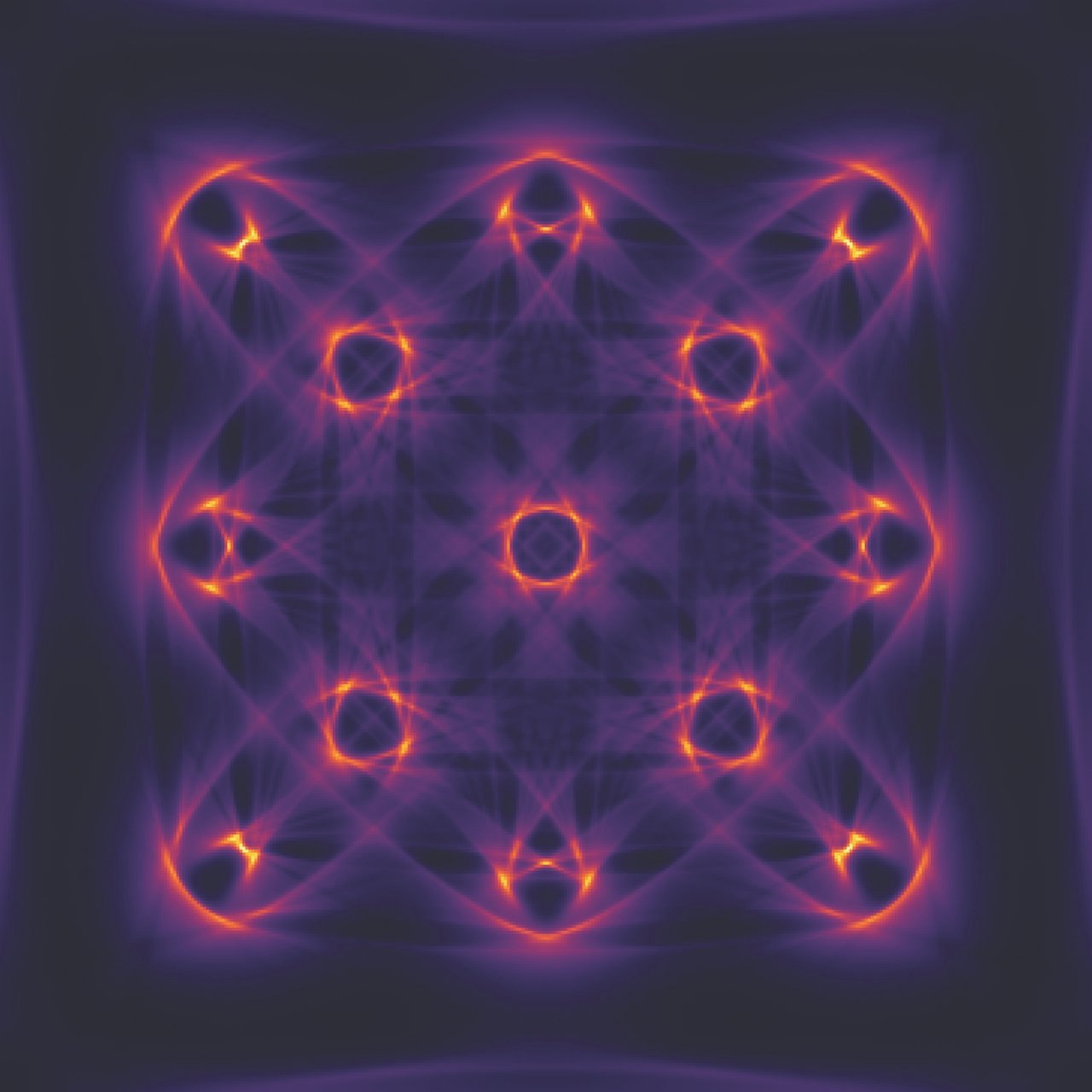Quantum technology is poised to revolutionize various societal domains, with researchers anticipating a plethora of untapped quantum properties and applications. Addressing this, a team at Chalmers University of Technology in Sweden has introduced open-source software that will facilitate new breakthroughs in the field and expedite quantum research.
Over the next few decades, quantum technology is expected to emerge as a pivotal force in sectors like healthcare, communication, defense, and energy. The power and potential of this technology stem from the peculiar and extraordinary properties exhibited by quantum particles.
Researchers are particularly intrigued by the superconducting attributes of quantum particles, which confer flawless conductivity alongside exceptional magnetic properties. While these superconducting properties are considered conventional today, they have already paved the way for groundbreaking technologies found in magnetic resonance imaging devices, maglev trains, and components used in quantum computers. However, extensive research and development efforts are still required before quantum computers can effectively tackle practical computing problems. Consequently, the scientific community firmly believes that there are numerous groundbreaking discoveries awaiting exploration in the realm of quantum technology, surpassing our current knowledge and understanding.
Open-source code to explore new superconducting properties
Fundamental research in quantum materials serves as the bedrock for all advancements in quantum technology. It has been instrumental in the development of key innovations, ranging from the transistor’s inception in 1947 to the advent of lasers in the 1960s and the contemporary quantum computers. However, conducting experiments on quantum materials often demands significant resources, extensive preparation time, and yields results that can be challenging to interpret. In a remarkable breakthrough, a group of researchers at Chalmers University has introduced SuperConga, an open-source software explicitly engineered for sophisticated simulations and analyses of quantum components.
Operating at the mesoscopic level, SuperConga enables simulations that capture the peculiar attributes of quantum particles and translates them into practical applications. This groundbreaking open-source code represents the first of its kind globally, anticipated to unlock novel superconducting properties and eventually pave the way for quantum computers capable of leveraging advanced computing to address societal challenges across various domains.
“Our focus lies particularly on unconventional superconductors, which remain enigmatic regarding their underlying mechanisms and properties. We are aware that these materials possess desirable traits that protect quantum information from interference and fluctuations. Interference currently hinders the practical utilization of quantum computers. Therefore, basic research on quantum materials is indispensable for making substantial progress,” explains Mikael Fogelström, Professor of Theoretical Physics at Chalmers.
These newly discovered superconductors continue to bewilder researchers, akin to how their conventional counterparts baffled scientists when they were initially discovered over a century ago. It took over four decades for researchers to develop a theoretical understanding of conventional superconductors following their laboratory revelation. The Chalmers team hopes that their open-source code will contribute to entirely new discoveries and applications.
“Our objective is to unravel the multitude of fascinating properties exhibited by unconventional superconductors. Our software combines power, educational value, and user-friendliness, aiming to foster fresh insights and propose unexplored applications for these remarkable superconductors,” states Patric Holmvall, a postdoctoral researcher in condensed matter physics at Uppsala University.
Desire to make life easier for quantum researchers and students
To unlock revolutionary discoveries, researchers require tools capable of studying and harnessing the extraordinary quantum properties at the particle’s most minimal level while being scalable for practical applications. This necessitates working at the mesoscopic scale, which serves as the interface between the microscopic scale—where quantum properties are still relevant—and the macroscopic scale, where everyday objects adhere to classical physics.
By operating at the mesoscopic level, the Chalmers researchers aim to simplify the work of scientists and students engaged in quantum physics.
“At present, researchers often rely on highly simplified models based on either the microscopic or macroscopic scale. However, these models often fail to capture the complete essence of the physics involved or cannot be effectively applied in real-world scenarios. With our freely available software, we intend to streamline and enhance quantum research, eliminating the need to reinvent the wheel each time,” explains Tomas Löfwander, Professor of Applied Quantum Physics at Chalmers.
The study titled “SuperConga: An open-source framework for mesoscopic superconductivity,” published in Applied Physics Reviews, credits Patric Holmvall from the Department of Physics and Astronomy at Uppsala University, along with Niclas Wall Wennerdal, Mikael Håkansson, Pascal Stadler, Oleksii Shevtsov, Tomas Löfwander, and Mikael Fogelström from the Department of Microtechnology and Nanoscience at Chalmers University of Technology in Sweden.
SuperConga is open-source software and is free to download.
More on the microscopic, mesoscopic and macroscopic scales
The mesoscopic regime serves as the bridge between the macroscopic and microscopic realms. In the macroscopic regime, which encompasses objects measuring millimeters and beyond, classical physics prevails and governs everyday entities like footballs, cats, or even coffee makers. On the other hand, the microscopic regime is dominated by quantum physics, operating on a much smaller scale where particles such as electrons, atoms, and other minute entities can be observed.
Within the mesoscopic regime, the peculiar properties exhibited by quantum particles can be explored. These properties enable phenomena like superposition, where particles can exist in multiple states simultaneously, and perfect conductivity. Mesoscopic quantum components, typically ranging from micrometers to nanometers in size, strike a balance. They are small enough to access and utilize the strange quantum properties while being large enough for practical applications. Existing open-source codes cater to simulations either at the microscopic or macroscopic levels. However, SuperConga stands out as the world’s first freely available software specifically designed to simulate superconductors at the mesoscopic level.
Source: Chalmers University of Technology
